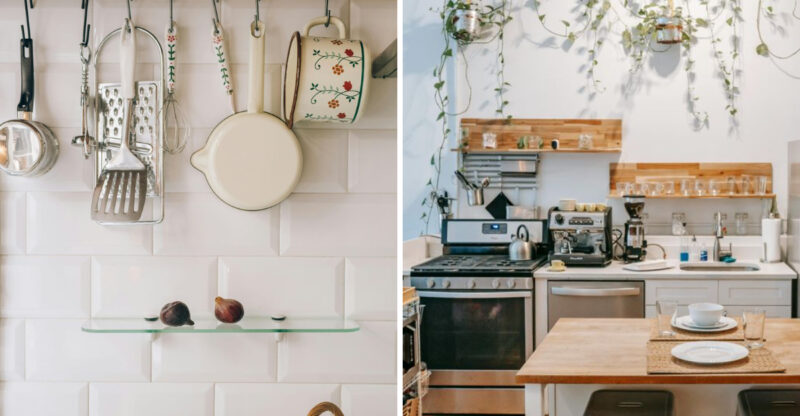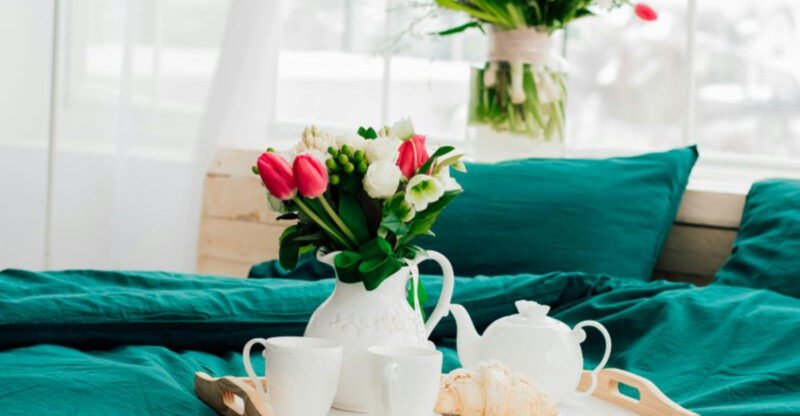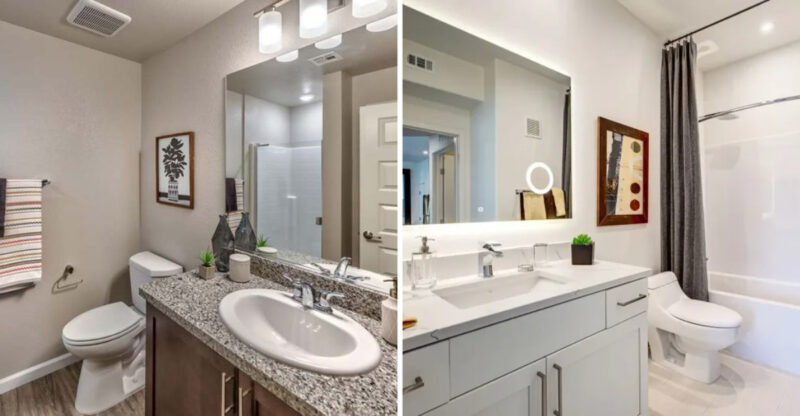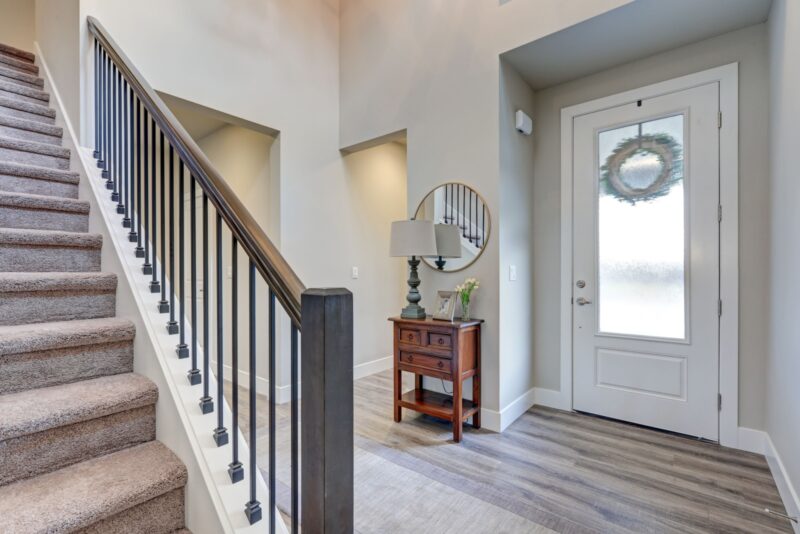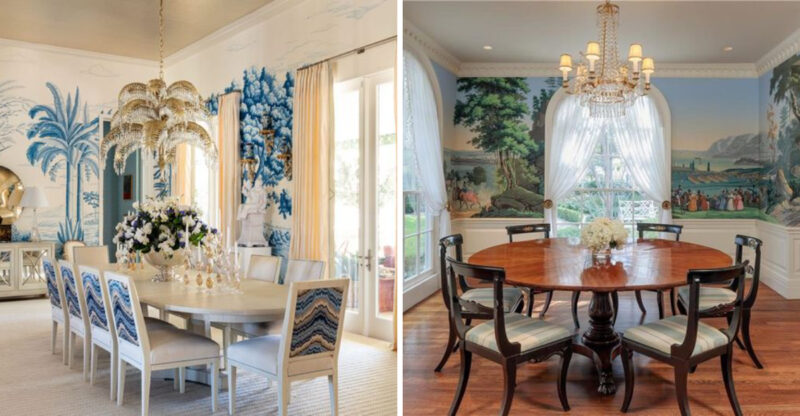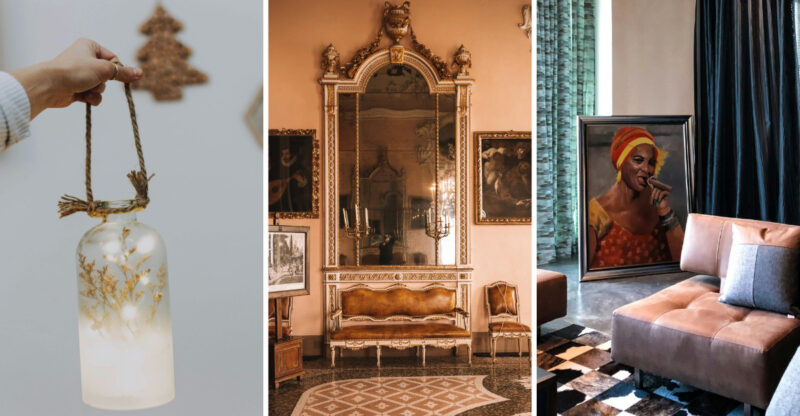17 Simple Minimalist Bedroom Designs Focused On Calm And Simplicity
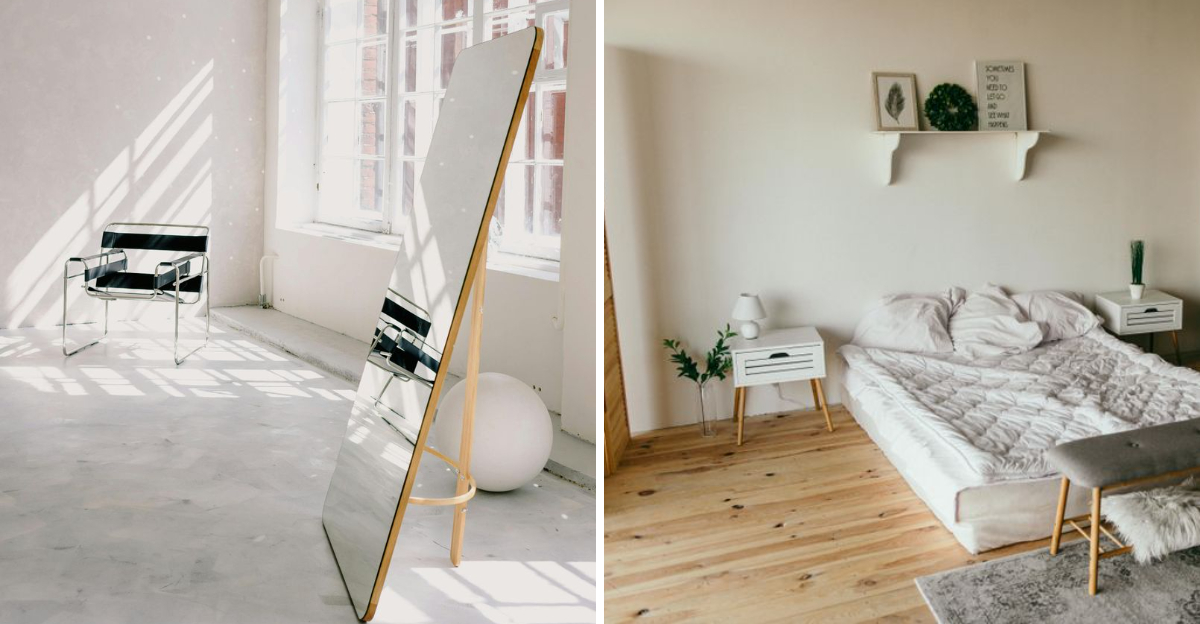
What if the secret to waking up refreshed, clear-headed, and ready to tackle your day wasn’t just more sleep, but better sleep, nurtured by your surroundings?
A cluttered bedroom can subtly contribute to a cluttered mind, making true rest an elusive dream. Enter the power of minimalist design: a philosophy that strips away the unnecessary to reveal profound peace.
Ready to transform your nightly retreat?
This information is for general guidance-results may vary, and consult a professional for personalized sleep advice.
1. Monochromatic Magic
Limiting your color palette creates instant visual calm. Choose one base color (typically white, beige, or gray) and use different shades and textures of that same color throughout your bedroom.
The subtle variations add depth without overwhelming the senses. This approach eliminates the visual noise that multiple competing colors can create, allowing your mind to relax more easily when it’s time to sleep.
2. Floating Furniture
Wall-mounted nightstands and floating shelves create an airy feeling in your bedroom. With no legs touching the floor, these pieces make the room appear more spacious and easier to clean.
The visual lightness contributes to a floating sensation that feels modern and peaceful. For the ultimate minimalist approach, choose slim designs with simple lines and keep only essential items on display.
3. Natural Light Emphasis
Forget heavy drapes and embrace the power of natural light. Use sheer curtains that filter sunlight without blocking it completely, creating a gentle glow throughout your space.
Morning light naturally helps regulate your sleep cycle. Position your bed where you can wake up to gentle sunshine, but consider blackout roller blinds behind the sheers for those mornings when you need extra sleep.
4. Hidden Storage Solutions
Clutter is the enemy of calm. Platform beds with built-in drawers keep extra linens and seasonal clothes tucked away but accessible. Wall cabinets that close completely hide necessary items while maintaining clean lines.
The key is creating homes for everything you need without visual distraction. When everything has its place behind closed doors, your mind can truly relax in the uncluttered space.
5. Statement Bed, Simple Everything Else
Make your bed the focal point by keeping everything else ultra-simple. Choose a beautifully designed bed frame in natural wood or with a distinctive headboard.
Then keep nightstands, dressers, and accessories minimal and understated. This approach creates visual balance – your eye has one interesting element to appreciate without feeling overwhelmed. The contrast makes the simplicity more impactful.
6. Zen-Inspired Floor Bedding
Channel Japanese minimalism with a low-profile mattress or floor bed. This approach eliminates bulky bed frames and creates a grounded, peaceful atmosphere.
Floor beds make ceilings appear higher and rooms more spacious. Pair with low storage solutions and perhaps a small plant nearby. The closeness to the ground creates a cocoon-like feeling that many find deeply restful and connected to earth energy.
7. Functional Art Only
Rather than decorating with purely ornamental pieces, choose items that serve a purpose while being beautiful. A sculptural lamp that provides perfect reading light. A handcrafted wooden chair that holds your clothes at night.
Each object earns its place through both beauty and function. This dual-purpose approach satisfies aesthetic needs while maintaining minimalist principles. The result feels intentional rather than decorated.
8. Natural Material Focus
Wood, cotton, linen, and wool create a sensory connection to nature. These materials breathe, age beautifully, and provide subtle texture without visual noise.
Avoid synthetic materials that can feel cold or artificial. The slight imperfections in natural materials tell a story and create warmth. Even in a minimal space, these organic elements prevent the room from feeling sterile or unwelcoming.
9. The Empty Corner Principle
Resist the urge to fill every space. Leaving at least one corner completely empty creates visual breathing room that’s psychologically calming.
This negative space acts as a visual pause in your bedroom. Think of it like margin space on a page – it makes everything else more readable and less overwhelming. Your mind subconsciously appreciates this uncluttered area as a place for thoughts to rest.
10. Bedding In Textural Layers
Create interest through texture rather than pattern or color. Layer a crisp cotton sheet with a linen duvet and perhaps a cashmere throw – all in the same or similar neutral shades.
The subtle differences in how these fabrics catch the light create visual depth without busyness. This approach satisfies our sensory needs for variety and comfort while maintaining visual calm. The bed feels inviting rather than stark.
11. Single Plant Statement
One perfectly chosen plant can bring life to a minimalist bedroom without creating clutter. A tall fiddle leaf fig in the corner or a cascading pothos on a high shelf adds organic shape and movement.
Plants improve air quality while adding a touch of nature. Choose a variety that thrives in your bedroom’s light conditions and fits the scale of your space. The natural element provides a perfect counterbalance to clean architectural lines.
12. Thoughtful Lighting Layers
Create atmosphere with three lighting sources at different heights. A ceiling fixture for general illumination, wall sconces for ambient light, and perhaps a small reading lamp for task lighting.
Choose fixtures with simple designs that disappear into the background. The light itself becomes the feature rather than the fixture. This layered approach creates flexibility for different moods and activities while maintaining clean visual lines.
13. Tonal Texture Wall
Create subtle interest with a textured wall treatment in the same color as your other walls. Think lime wash paint, grasscloth wallpaper, or a gentle plaster finish.
The texture catches light differently throughout the day, creating visual movement without pattern or color contrast. This approach adds depth to your space while maintaining the minimalist principle of restraint. It’s particularly effective behind the bed as a subtle focal point.
14. Symmetrical Bed Arrangement
Perfect symmetry creates instant calm through balance. Position your bed centrally with matching nightstands and lamps on either side. Our brains find symmetry inherently satisfying and restful.
This arrangement feels intentional and orderly without effort. For a slightly more dynamic but still balanced look, maintain symmetry in the bed setup while allowing other elements in the room to be asymmetrical.
15. Low-Profile Platform Bed
A bed that sits close to the floor creates a grounded feeling while making the ceiling appear higher. Choose a simple platform design without a headboard for the ultimate in minimalist sleeping.
This approach emphasizes horizontal lines which naturally feel calming. The low profile creates a modern aesthetic while the platform provides a solid foundation. Some find this grounded position psychologically comforting.
16. Mirror Placement For Light
Position a large, simple-framed mirror to reflect natural light deeper into your room. This brightens the space while creating the illusion of more square footage. Avoid ornate frames that create visual busyness.
The mirror becomes functional architecture rather than decoration. Strategic placement across from a window maximizes light reflection, while positioning to reflect a beautiful view or plant doubles the visual impact of these elements.
17. Acoustic Comfort Elements
Minimalist spaces can sometimes feel echoey. Incorporate sound-absorbing elements like a simple wool rug, linen curtains, or an upholstered headboard.
Soft surfaces absorb noise while adding textural warmth. The acoustic comfort creates a cocoon-like feeling that enhances relaxation. While visually minimal, these elements add significant sensory comfort that makes the bedroom feel complete and nurturing.

